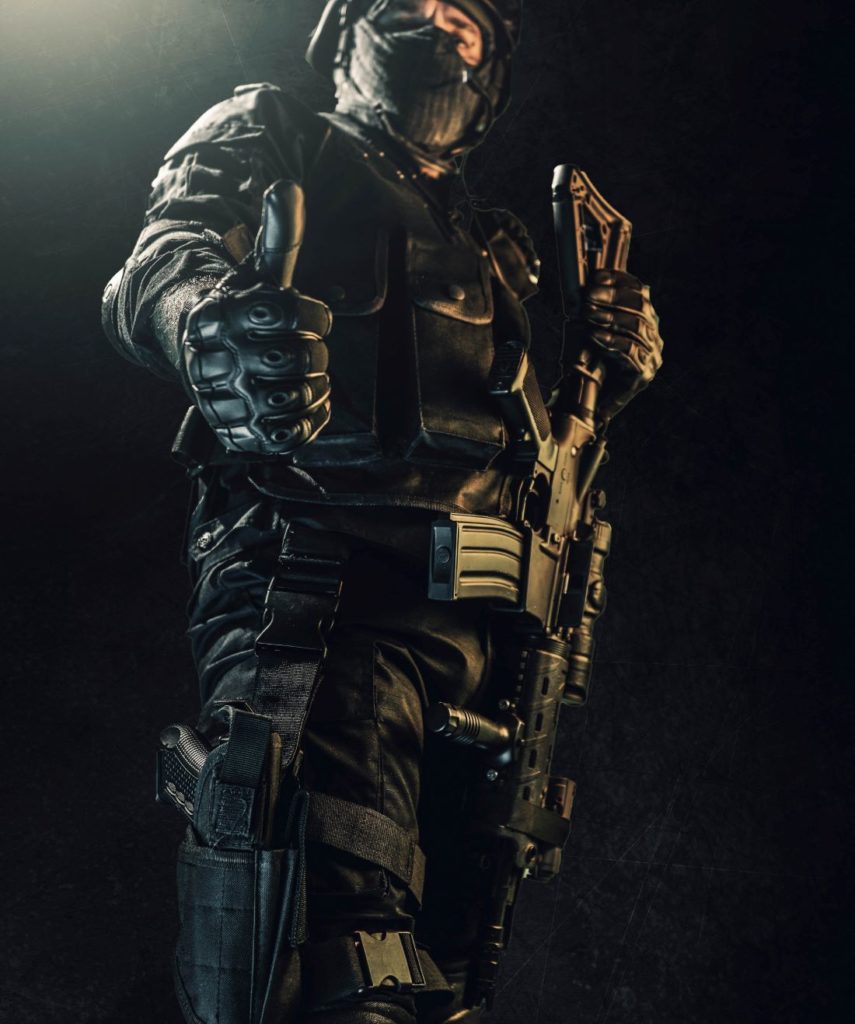
The Effects of Bullet Rounds on Level IIA Ballistic Shield
It is no news that ballistic shields in general offer a level of protection to the user and in most cases the user is a member of the armed forces, police officers and anyone who is authorized to use them. The National Institute of Justice determines the threat ratings for ballistic vests (National Institute of Justice). Level IIA, II, IIIA, III, and IV are the five levels now in use, each covering a different caliber of bullet. They rank the sturdiness of ballistic shields putting in consideration their ability to withstand or deflect bullet rounds in cases of bullet firing.
The Level IIA armor is the focal point of this discussion. Weight, protection, and concealability are all balanced in this armor. Most common handgun bullets, such as 45 acp, 9mm,.40 s&w, and.357, will be stopped by level ii armor. Level ii armor must stop 9mm fmj bullets with a mass of 124 grains and a velocity of 1,305 feet per second, as well as.357 magnum jsp bullets with a mass of 158 grains and a velocity of 1,430 feet per second, according to the National Institute of Justice.
This shows that when a gun or an ammo which is not a handgun and is also amour piercings is used by an aggressor there is tendency that harm may be done to the person handling the shield as the bullet of such heavy ammunition would penetrate the shield and injure or possibly kill the officer or soldier. However, when handguns are used the shield offers full protection as handguns are among the range of devices which it covers. As a result of its flexibility outer scarring is greatly reduced on the shield as one can easily coordinate body movements with it because of its extreme lightness which will in turn enhance mobility, speed, and conserve strength.
Follow along with our blog here.